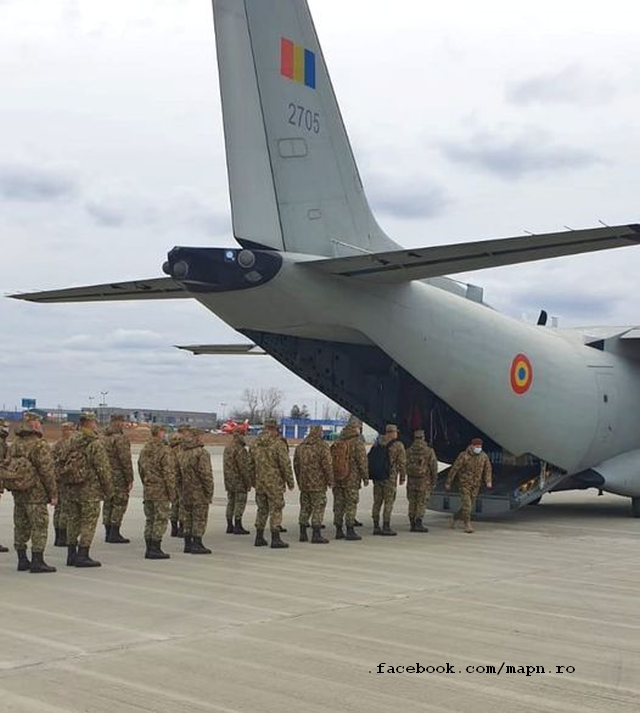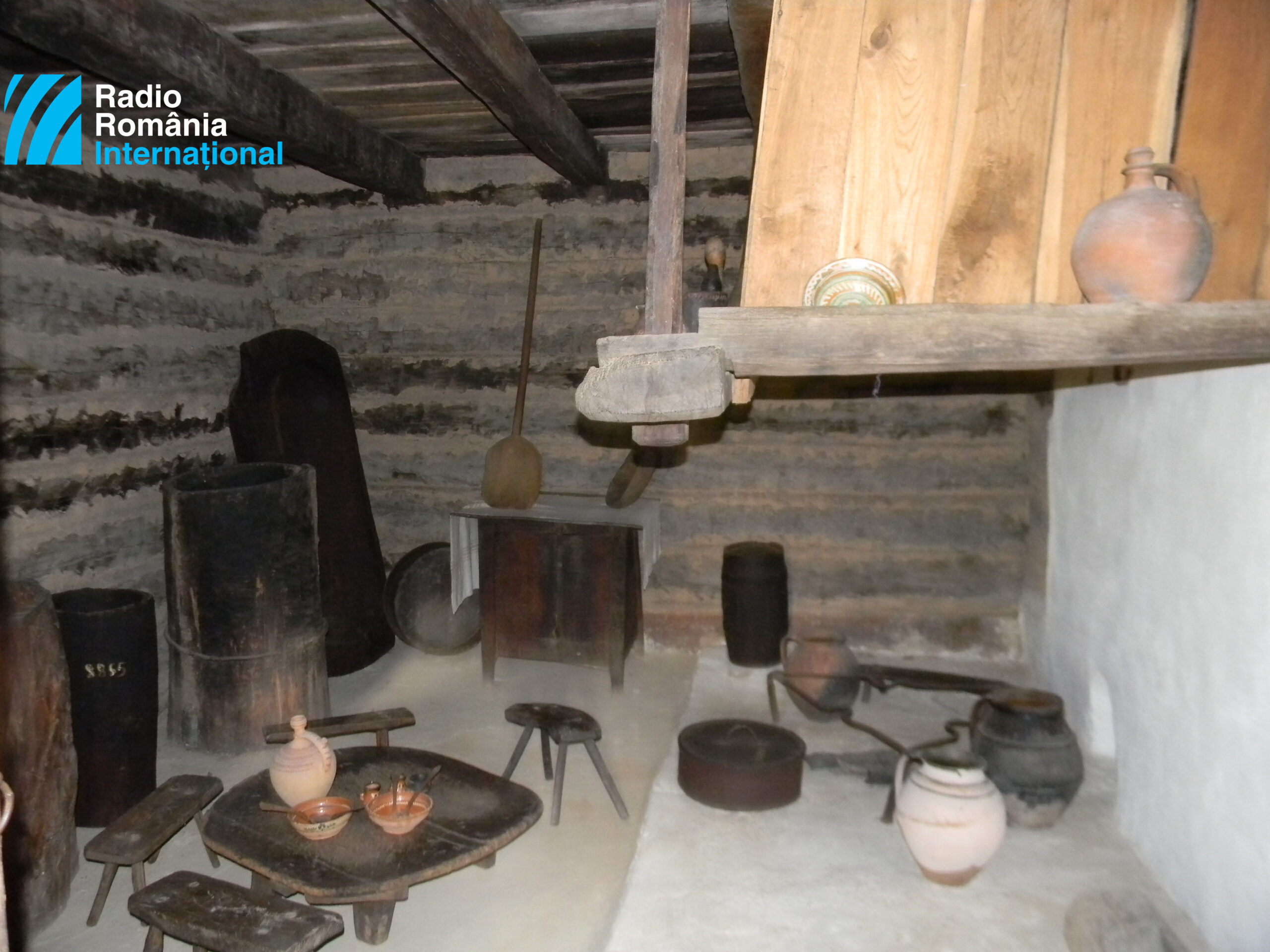In Flight Everything Is Different
Although she has flown all over the world, Lieutenant Commander Simona Maierean says that nothing compares to the feeling of landing at home.

Ana-Maria Cononovici, 23.04.2024, 13:53
Afghanistan, Iraq, Africa, Mali, these are just some of the conflict zones where she flew with military transport operations. The longest flight was to and from Korea, a 40-hour round-trip flight to transport medical equipment. A flight that gave her food for thought was one with maximum visibility over the Sahara Desert. We are talking about Lieutenant Commander Simona Maierean: the first woman from Romania to fly a supersonic plane, and the first woman in Europe to obtain the certification of pilot in command of an aircraft from the Strategic Air Transport Group of SAC (Strategic Aircraft Capability), within the Multinational Strategic Transport Unit of NATO, from Papa Air Base in Hungary.
A series of premieres that started from the dream of a young woman, who, until her Air Force Academy courses, had not even flown a passenger plane. Lieutenant Commander Simona Maierean told us about the beginnings of her career.
“I entered the military system 20 years ago, even more. I wanted to fly, and then the option I found at hand was the military, because it’s much cheaper, on the one hand, and, on the other hand, it’s another thing to fly a fighter plane, or fly a military aircraft in general, rather than an airliner. And then that drove me to look for solutions to make this dream come true.”
Lieutenant Commander Simona Maierean told Radio Romania that training makes you feel unafraid:
“You will hear in aviation “make the movie of your flight”, that is, imagine it in your mind over and over again until you put that thing into practice. That’s what stunt pilots do, it’s normal. You have a plan, you don’t get on the plane without a backup plan. You have the plan in advance, you execute it, you have a back-up plan and so on, you don’t have time to think too much, in quotation marks.”
On March 13, 2009, Simona Maierean was the pilot of a MiG-21 LanceR. The first woman from Romania who flew a supersonic plane detailed for us:
“If you make a very tight turn at a very high incline, at a high speed, you can reach quite high accelerations, you don’t have to be in supersonic flight to do that. In supersonic you break the sonic threshold, but it’s not something you feel in your body, it doesn’t feel like extra gravitational acceleration. You feel it more at the equipment level. At least with the MIG 21, I don’t know how it is with the F16, so I’m talking from memory. When you were going from subsonic to supersonic and going through trans-sonic, there is a moment when the equipment can give you an erroneous indication, for a very short period, due to the waves that form and the pressures, and so on. But it is not so demanding on the body. However, flying a fighter jet is demanding per se. Think that on a mission they fly for an hour or two, it depends on the range of action of each plane, while on a transport they have a flight of a good few hours, 4, 5, 6, 10. You could not fly 10 hours in a fighter jet, continuously, because it’s something else.”
Since 2012, she no longer flies the MiG, and switched to the military transport Spartan. How was this transition?
“You don’t have to come at it from scratch, because you already have some knowledge of aviation, but instead it’s about flying with a crew, and then all this communication and “crew resource management”, as it is defined in the specialized language, crew management, is the practical novelty element, because you have learn the plane. You make the transition from another category of aircraft, you learn to fly that plane. That’s what you have to do, but crew management is really the art. You have to know how to listen to orders, not just give them. I was a commander, I was even an instructor on the C17 Globemaster, within the detachment from Papa airbase, of strategic transport aviation. I returned to the country, and here things are starting again, I am co-pilot on the Spartan and in training to be a commander. As I said earlier, you cannot execute a mission of any kind without people. And then it matters a lot how you relate. and how you maintain the balance between having a successful mission and having people satisfied, and in the right mindset: to help you, and to make things happen safely. “
Having worked so much with foreign pilots, Lieutenant Commander Simona Maierean told us what are the challenges for Romanian pilots:
“There was a time when there were really few flight hours, in any category. Especially the young ones, right out of school, flew very little. Things have changed, especially after 2014. And the differences began to be seen. The flight hours were more, and thus the change was also seen in terms of the way outsiders saw us, because we were doing extraordinary things with what we had, with very little. But you were making an effort to keep up with someone who was coming at you with thousands of flight hours. I remember, myself included, when I went to make the transition to the C-17, in the United States, I had flown for 10 hours that year, and my training partner – because I was going in a group of two – was a Dutchman who had flown 700 hours. There were 4 months in which I studied 12 hours a day, in order to reach a certain level. I succeeded, but it was a sustained effort!”
Although she has flown all over the world, Lieutenant Commander Simona Maierean says that nothing compares to the feeling of landing at home.






























